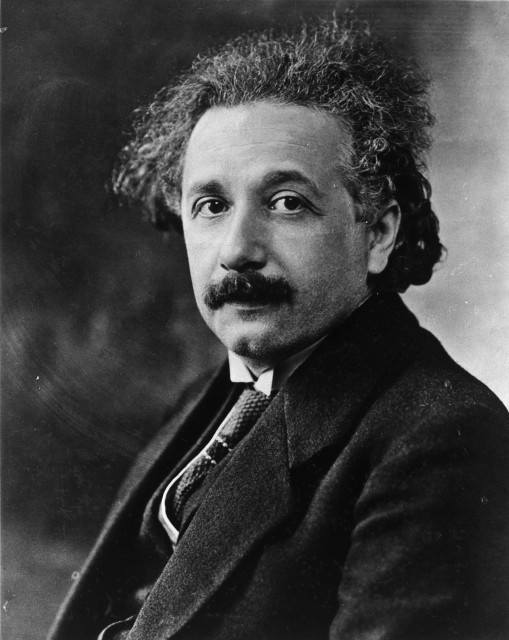Albert Einstein
1879-1955

Einstein was one of the most creative intellects in human history. Though regarded primarily as a physicist (he received the 1921 Nobel Prize in Physics) his researches had important implications for chemistry. In 1905, at the same time that he earned the Ph.D. at Zurich, he published four papers of tremendous significance: the first provided a theoretical explanation for Brownian motion, the second postulated that light is composed of individual quanta (later called photons) and explained the emission of electrons from solids struck by light (the photoelectric effect), the third described his special relativity theory and the fourth contained his famous E=mc2 equation which led ultimately to the atomic energy age. All isotopes of the chemical element "einsteinium" (atomic number 99) are radioactive; the most stable isotope, mass 254, has a half-life of 276 days. Throughout his life Einstein was devoted to world peace but was aware of its frailty, saying "politics are for the moment; an equation is for eternity."
Sponsor: Barnett and Ritta Rosenberg
Location in chemistry building:
First Floor; East Wing South Wall; Sequence 1
Source:
American Institute of Physics